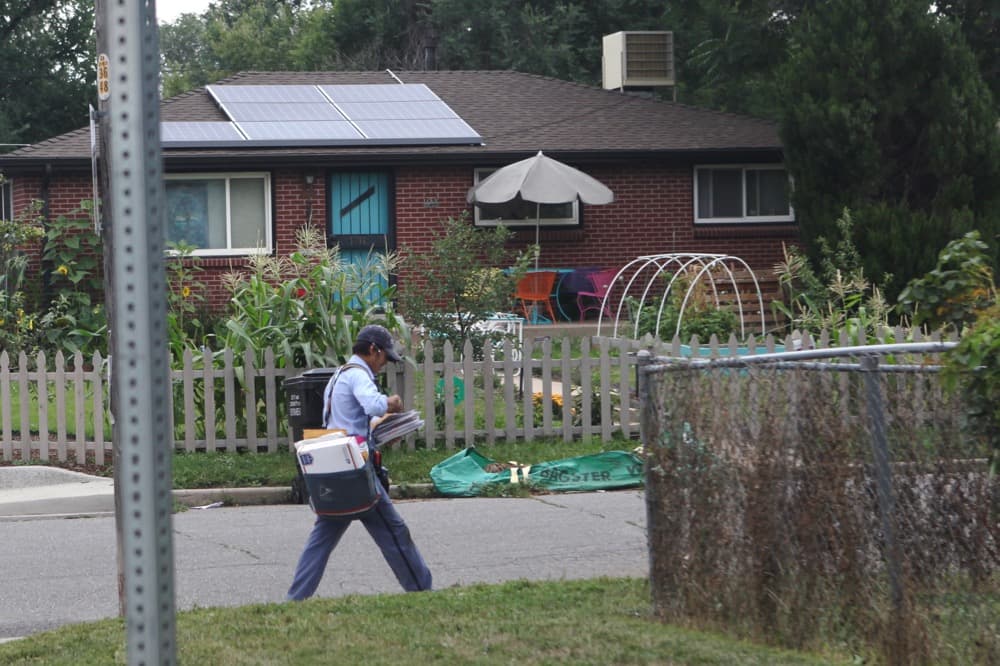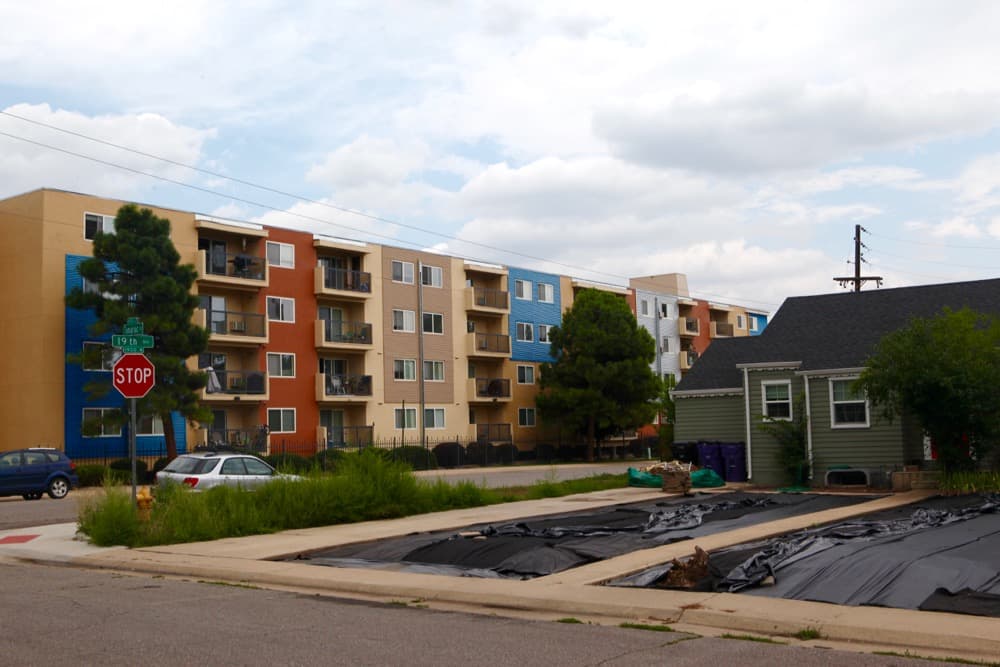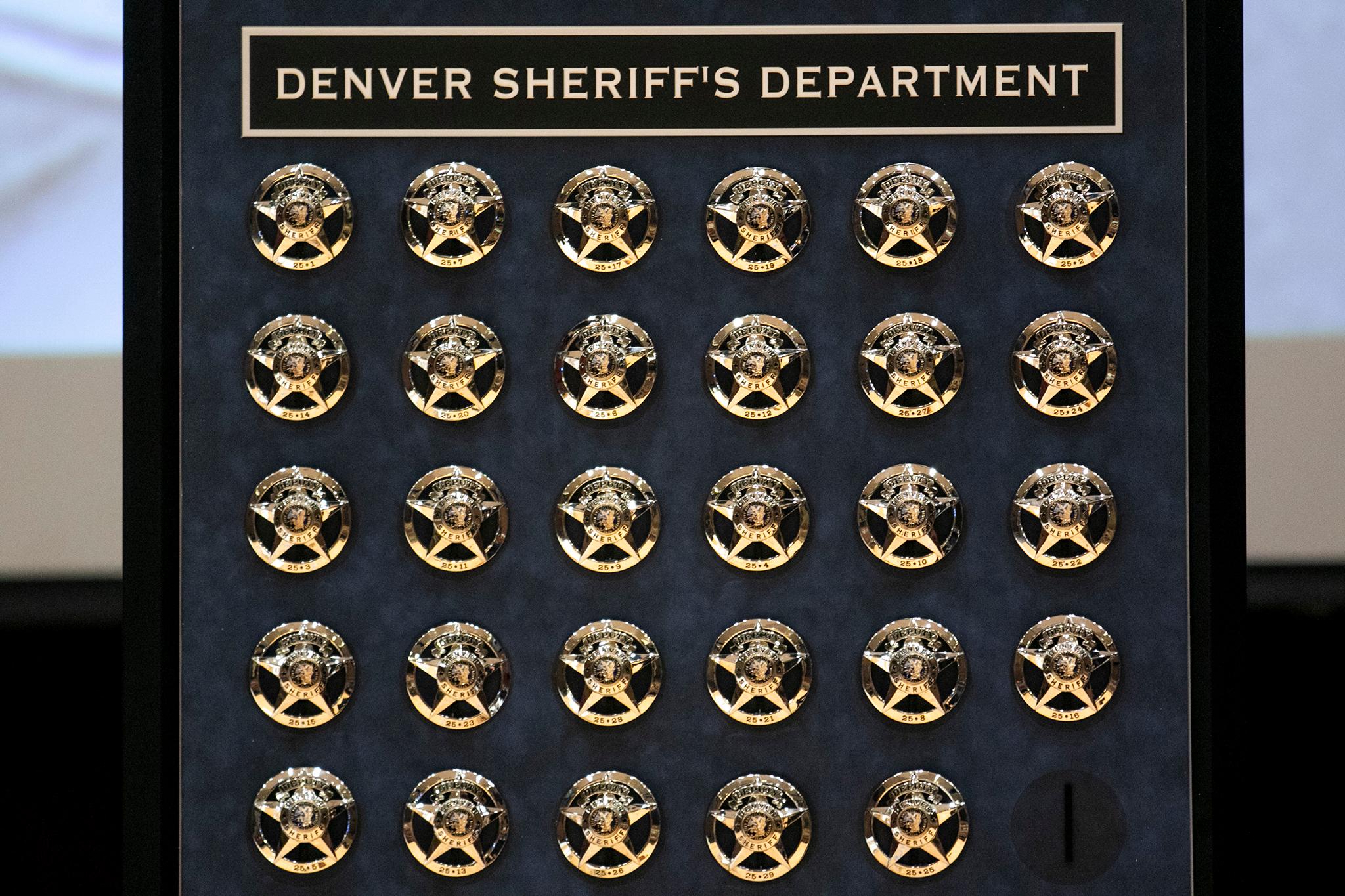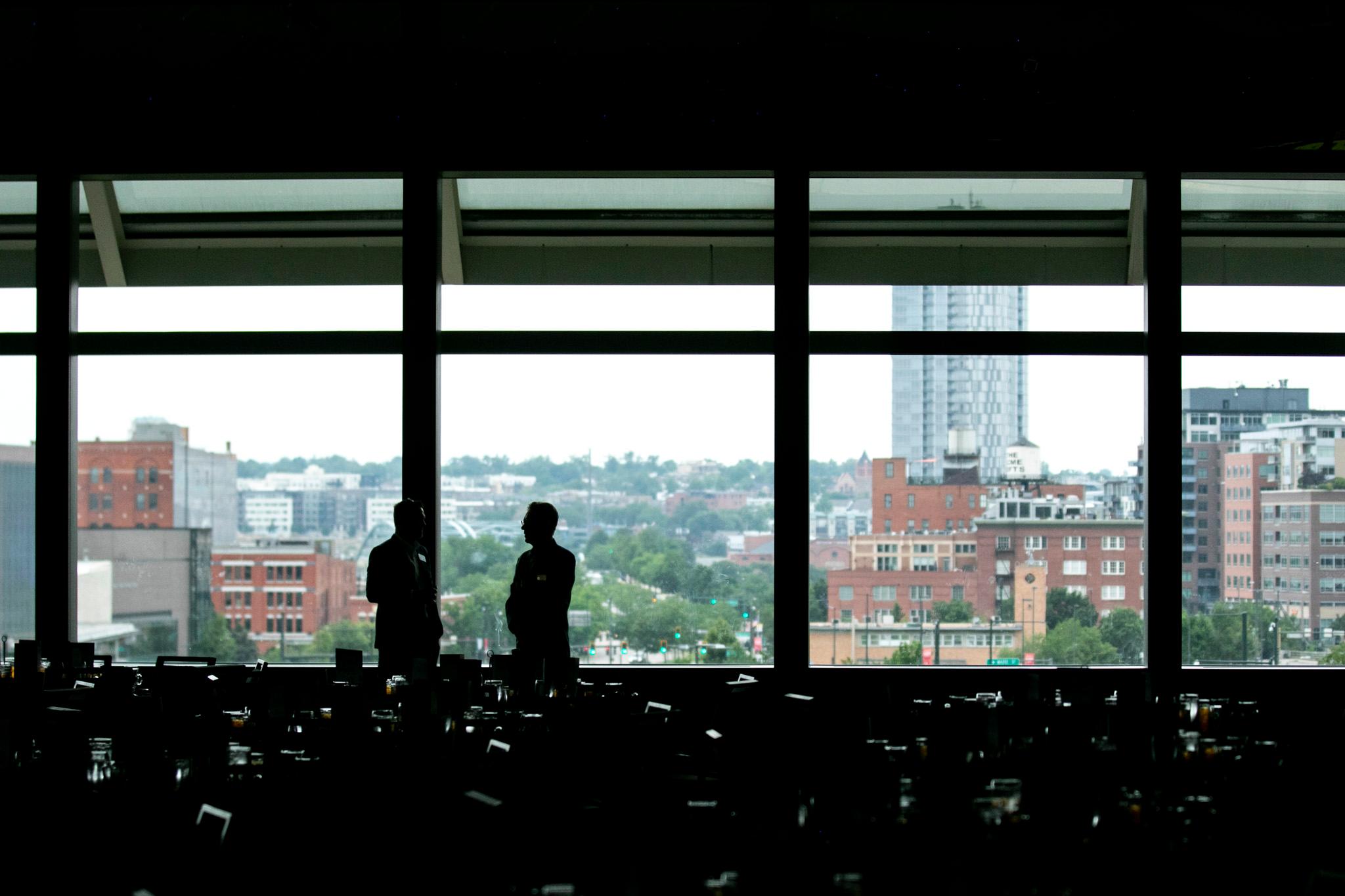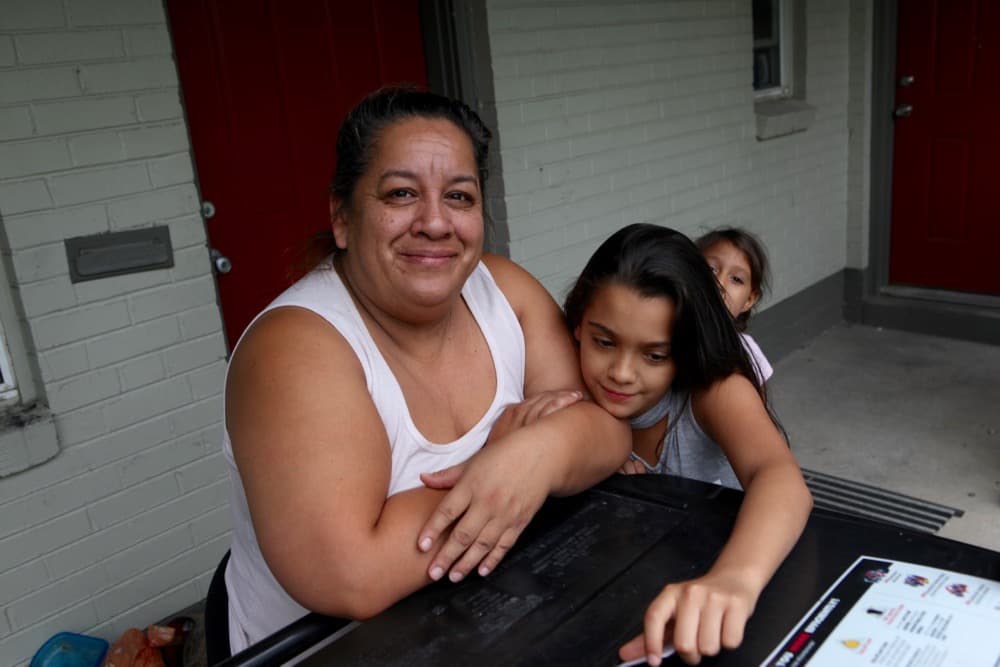
Patricia Partida has lived near Colfax Avenue in the eastern reaches of Denver for nearly 15 years. She leaned against the black garbage bin outside her apartment door, thinking about the question she'd just been asked: What was this neighborhood's name?
"Oh, shoot," she said. "If there is a name, it's a bad name. They don't say anything good about this place."
Kandyce Neal, 17, was also unsure what to call the place where she lives. Pausing in her walk down Colfax, where the most visible businesses include motels and occasionally a strip club, she composited the names of better-known places.
"Right after Park Hill, just before Aurora," she said. "It's the in-between."
Flor Mira, 16, had a more cynical name for the place. "Stapleton Ghetto," she said a little sheepishly, referring to the contrast between her home and the carefully packed new development that stands just to the north. Others on Thursday described the place as Clermont, or Montclair, or "just Colfax," as one young man said.
Next week, the neighborhood group that oversees these 38 subdivisions and 100-plus blocks will attempt to settle the matter once again. They'll make a seemingly simple decision loaded with implications: Will they embrace "East Colfax" as their name?

No place in Denver is really nameless.
This eastern stretch of Colfax has two names that are perhaps the most official, and the choice between them is what's really up for debate now.
The city government's name for the area is, logically enough, "East Colfax." That's what was assigned back in the early 1970s, when Denver's planners chose 78 different "statistical neighborhoods." It was part of a process that laid the groundwork for the modern city, an attempt to renew the city as it slid toward population decline.
The trouble was that the neighborhood already had a name.
The locals of the day had only recently formed up under the name East Montclair, according to Tom Fesing, a current board member of the neighborhood association. They'd originally wanted to call themselves Montclair, for the small town that once stood there, but they found that another group had already claimed that name. East Montclair it was.
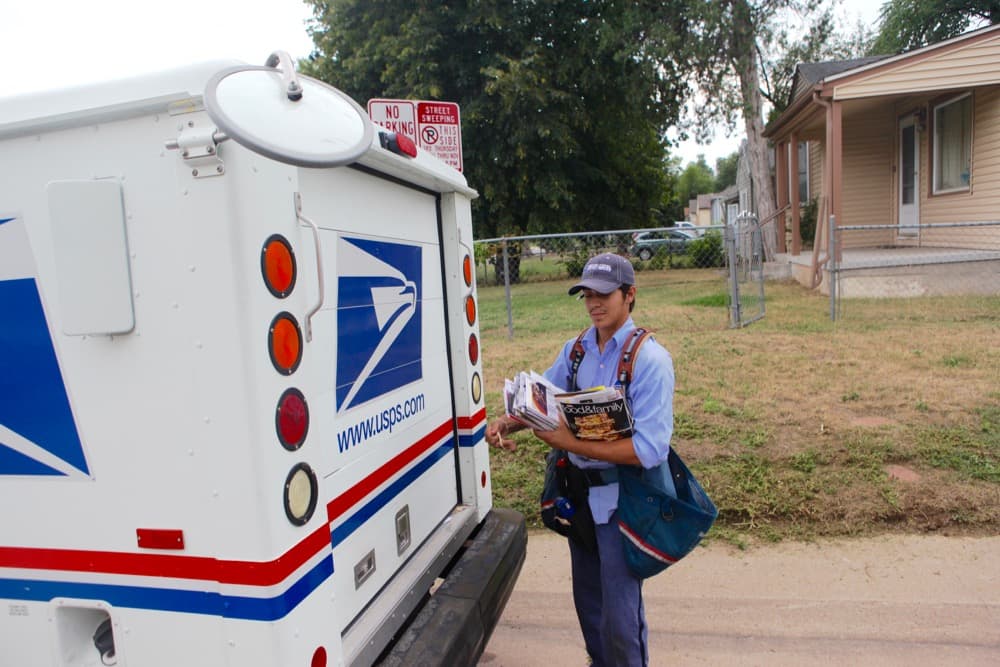
This split identity is pretty common in Denver. River North, Lower Downtown, Curtis Park, Ballpark — none of those popular names appear on the official neighborhood map, yet you'll find them in marketing material and even in the names of city-affiliated groups.
Where money is pouring in fastest, the labels on our collective maps have taken on new significance. Fast-developing "RiNo" has eaten into territory long identified with historically black neighborhoods like Cole and Whittier. In the northwest, real-estate agents happily chop and screw old neighborhood names, carving out places likes SloHi, on the border of Sloan's Lake and Highland.
Here on the city's farthest eastern edge, that kind of neighborhood branding hasn't been as urgent -- or as contentious -- as it is in the central city. Neighborhood advocates instead have been working for better sidewalks and more police patrols, or to shut down the motels and strip clubs.
But that's starting to change now, Fesing says.
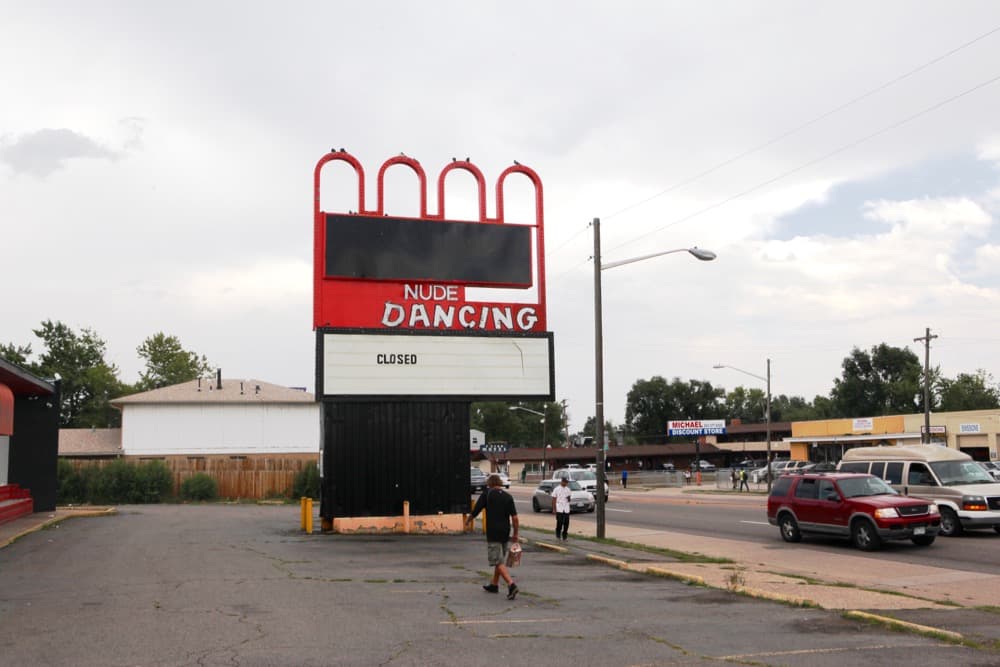
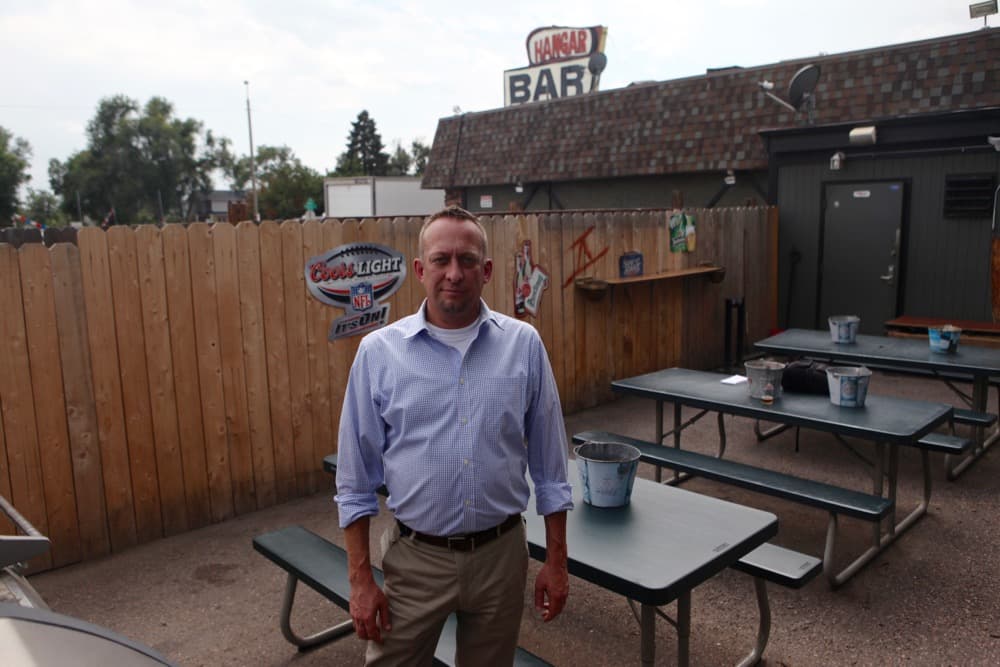
The board member wants the East Montclair Neighborhood Association to change its name to the East Colfax Neighborhood Association -- a change that he argues would give the place its best chance to take advantage of the city government and developers' new focus on Colfax Avenue.
"Now that we've got so much development and so much focus by the Hancock administration on East Colfax Avenue, it's heading this way eventually," he said.
The city is offering new signage, he said, and there's not enough room to fit both names. More and more of the area's 1930s and '40s housing stock is flipping, bringing new people and more confusion about the place's name. There's also the eventual plan to run bus-rapid transit down Colfax Avenue, a system that could tie the area more tightly into the transit system and require more intensive branding of stations.
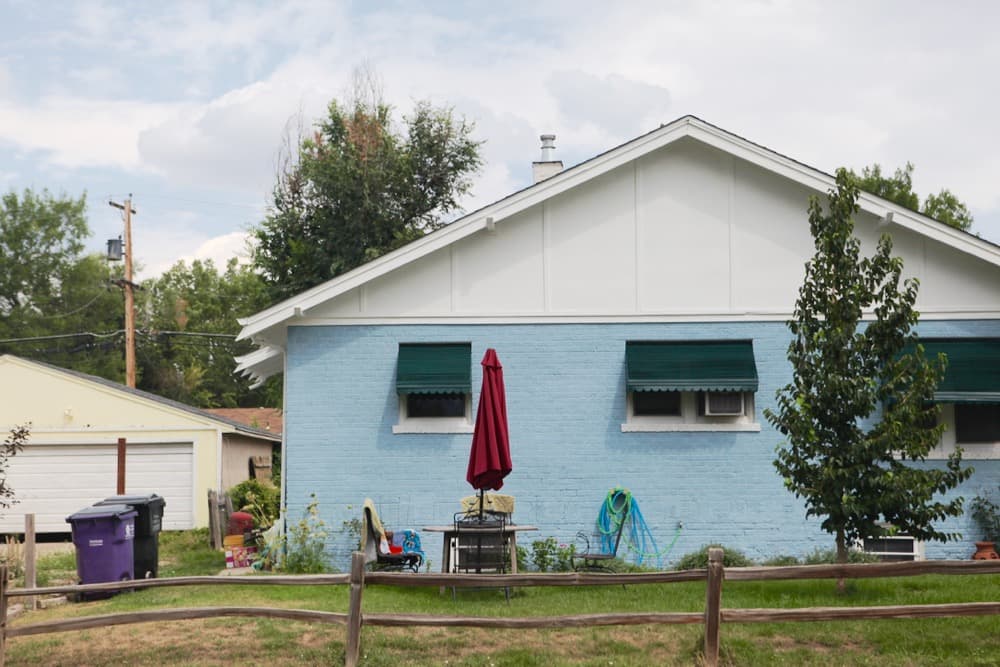
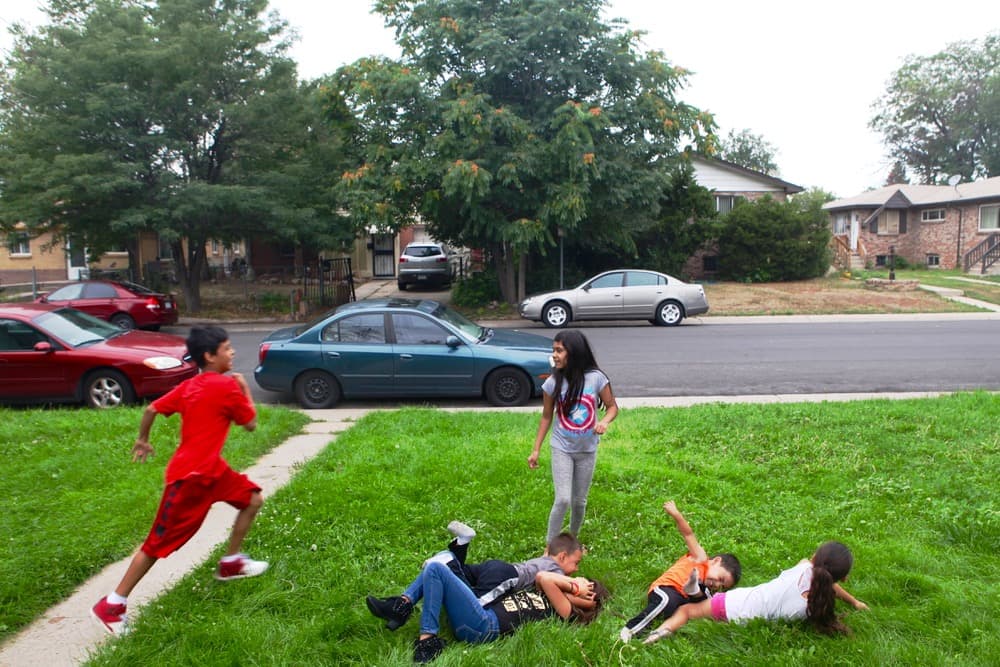
"It's very divisive," acknowledges Fesing, who bought into the area a few years ago after, by his account, living in practically every other neighborhood along eastern Colfax. He imagines a day when East Colfax is a valuable moniker, when rows of motels are replaced by densely packed housing for all incomes along the avenue.
Janet Caspers, the treasurer of the neighborhood group, is opposed to the change of name. Just as Fesing wants to embrace Colfax, she and others are wary of the avenue's reputation.
Besides the hassle of changing back accounts and tax forms, "I'm also opposed to the name change since I think the name East Colfax carries a stigma with it (drugs, prostitution, crime)," she wrote in an email to Denverite, adding that the group had previously rejected a proposal to change the name.
That's a concern mirrored by Flor Mira, the teenager -- but several others I spoke with in touring the area also naturally identified it as East Colfax.
The decision ultimately will be open to the full membership of the neighborhood association. The meeting is Aug. 15 at 6:30 p.m. at the Counterpath Press building, 7935 East 14th Avenue. Household memberships are available on site for $10.

